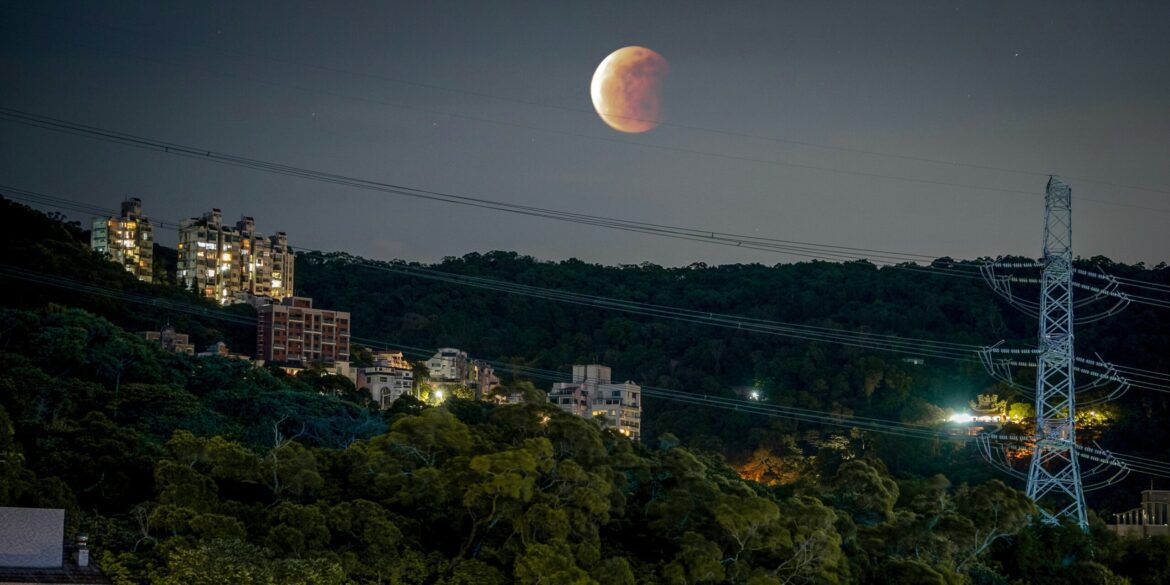On October 5, 2025, a spectacular celestial event captured the attention of skywatchers across much of the northeastern United States. NASA reported that the Harvest Supermoon would be visible in its full glory, providing ideal conditions for those eager to witness the moon at its brightest and largest. This event marked the moon’s closest pass to Earth, known as perigee, making it appear up to 30% brighter and 14% larger than usual. The Harvest Supermoon is always a special occasion, but this year’s event carried with it an extra layer of significance.
The name “Harvest Moon” traditionally refers to the full moon that occurs nearest to the autumnal equinox, and it holds deep historical meaning. The Harvest Moon has long been associated with agricultural traditions, particularly in the Northern Hemisphere. For centuries, farmers relied on the extra light provided by this bright moon to continue their work late into the evening. It was particularly useful during harvest time when long hours were essential to bringing in crops before the first frost. The bright moonlight made it easier for farmers to tend to their fields during the late hours, a vital aid before the days shortened and the first chill of fall settled in. In 2025, this age-old connection between the Harvest Moon and agricultural practices continued to captivate people and spark a sense of nostalgia for these long-standing traditions.
The supermoon event was significant not only because of its brightness and size but also because of its proximity to the fall equinox, which occurred just days before. This alignment is part of why the moon appears so exceptionally bright and large. As the moon reached its perigee, it brought with it a spectacle that could be seen by millions across the U.S., with the best viewing times around midnight Eastern Time, when the moon was at its closest point to Earth. The phenomenon would have been most visible in areas with clear skies and little light pollution, providing those in rural and open spaces the chance to see the moon in its full, unspoiled beauty.
For many, the Harvest Supermoon was a reminder of the timeless connection between humanity and the natural world. Beyond its practical historical use in agriculture, it offered a moment for reflection and wonder at the vastness of the universe and our place within it. The sight of a supermoon, especially one that appears so much larger and brighter than usual, serves as a humbling reminder of nature’s power and beauty.
For anyone who missed the event, the Harvest Supermoon serves as a reminder of the cyclical nature of the moon and the countless other celestial wonders yet to come. The next supermoon or full moon, while not identical, will continue to captivate those who look to the sky in awe, searching for a deeper connection to the natural world that has fascinated humans for centuries.

